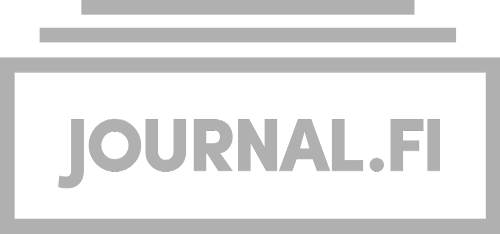Kaaos hallitsee. Hesiodoksen Theogonia ja kreikkalainen black metal
Abstrakti
Ancient gods and their mythology are one of the most important themes in black metal music. Particularly from the early 1990s onwards, with the rise of the modern, so-called second wave
of black metal, some of the new bands of the genre replaced the satanic/individualistic approach
that had been the predominant theme in the genre. Instead, they turned to traditional, pre-Christian mythologies of their native cultures as an inspiration for their music and lyrics.
The birth of modern black metal is usually considered to have taken place in Norway and other Nordic countries, and rightly so. However, from very early on, we can find black metal bands from other parts of Europe as well. A particularly important scene outside the north was in Greece, where several black metal bands emerged already in the 1980s and later as part of the
second wave in the 90s.
My paper takes a closer look at the role of Theogonia (‘the birth of the gods’) by Hesiod in Greek black metal. Hesiod’s poem, composed circa 730–700 BCE, is one of the most complete and important sources for understanding early Greek cosmology and mythology. As a result, it should provide an excellent starting basis for Greek black metal bands, considering the vast
importance of national mythologies for the genre.
As my paper shows, while the gods of Theogonia are widely used by Greek bands, the actual opus of Hesiod is much less used by them. Accordingly, the article mostly concentrates on the most explicit case, the album Theogonia by one of the most important Greek black metal bands, Rotting Christ. As the paper points out, while the band used Hesiod’s work as a basis and framework, their approach was not very similar to traditional ‘pagan’-oriented black metal bands. Instead, their lyrics concentrated on individualism and rebellion, not so much on national or even ‘collective’ themes that were often prominent when dealing with ancient mythology.

Julkaistu
Copyright (c) 2025 Faravid – Historian ja arkeologian tutkimuksen aikakauskirja

Tämä työ on lisensoitu Creative Commons Nimeä 4.0 Kansainvälinen Julkinen -lisenssillä.





